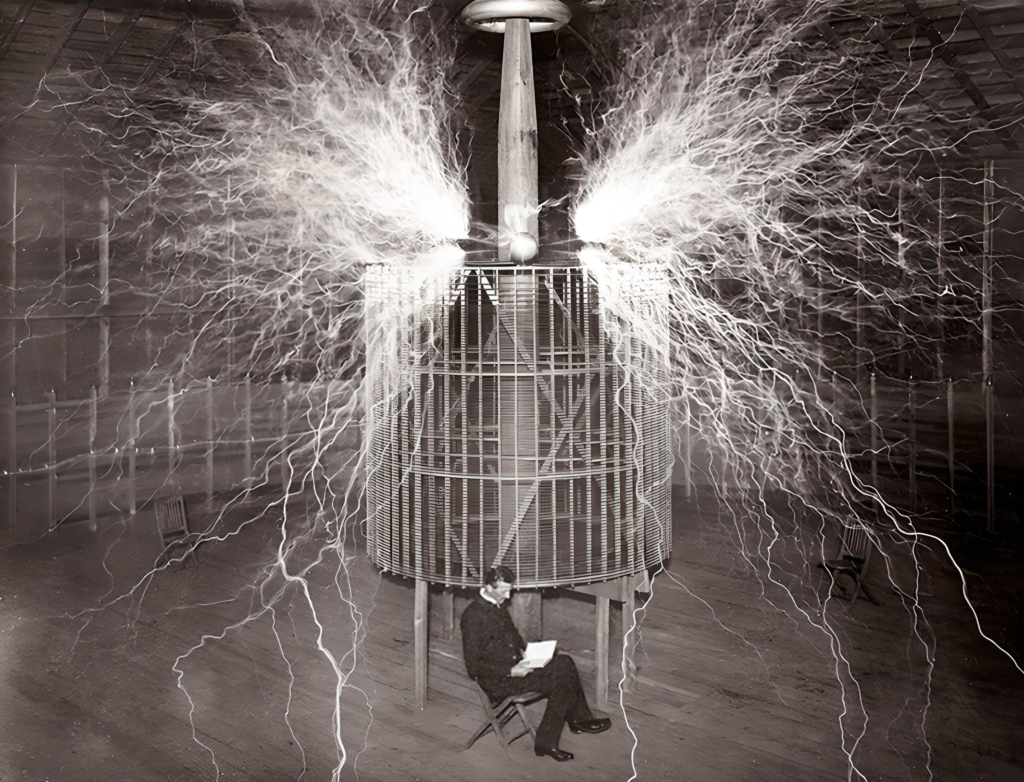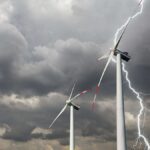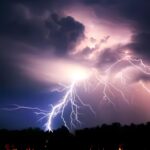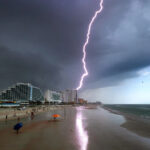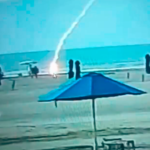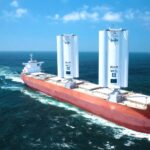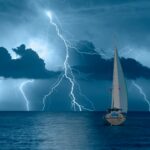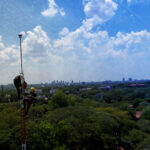Nikola Tesla, a prodigious mind born in Smiljan, Austro-Hungarian Empire (now Croatia) on July 10, 1856, was a visionary whose impact continues to resonate today. When he was three years old he experienced an episode that would mark the direction of his life: while he was caressing the back of his cat, the touch of his hand produced sparks and he wanted to find out what the reason was. He asked his father and he, an Orthodox priest, explained that it was the same phenomenon that occurred in trees during a storm: electricity. From that moment until the day of his death, Nikola Tesla would dedicate his life to solving that mystery.
At only 17 years old, young Nikola became seriously ill with cholera and almost never recovered. His father promised him that once he recovered he would send him to the best engineering school there was, the young man's most fervent wish. After recovering and entering the army, in 1875, Tesla began his studies at the Polytechnic University of Graz, in Austria
Despite being an outstanding student, Tesla dropped out of the polytechnic school to embark on a career that would lead him to work for Continental Edison Company, where he immersed himself in the world of electric lighting and motors. His desire to meet Edison in person led him to emigrate to the United States in 1884, a decision that marked the beginning of his fascinating career.
On American soil, Tesla was met with an offer of $50,000 to solve engineering problems, only to discover that it had all been a cruel joke. Despite this setback, Tesla did not give up and forged a business partnership that led to the creation of Tesla Electric Light and Manufacturing. However, the betrayal of his partners left him without intellectual property, marking a challenging stage in his life.
Despite the obstacles, Tesla did not give up and, with the support of new investors, founded Tesla Electric Company. In his laboratory in Manhattan, he developed the alternating current induction motor, overcoming previous technical challenges. This achievement led to licensing agreements with Westinghouse Company, establishing Tesla as a influential figure in the world of electrical technology.
Over the next few decades of innovation, Tesla gained patent no. 1,266,1757, revolutionizing lightning protection design.
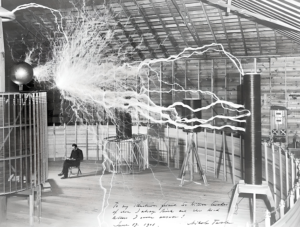
Its metal terminal with a lower opening, connected to a conductor that extended to the ground, challenged the lightning rod model with a pointed terminal, promising greater efficiency and safety.
In commemoration of anniversary of the death of Nikola Tesla on January 7, 1943, reflexionamos sobre su legado que aún perdura en nuestro producto estrella, el CMCE. This passive capture system SERTEC, based on years of experience and new materials, has evolved to offer a advanced protection against atmospheric phenomena.
The CMCE of SERTEC, with its multiple compensators, it generates a protective shield by continuously deionizing and balancing the effects of atmospheric phenomena. Its operating principle, inspired by the stabilization of the electric field, neutralizes rising tracers and channels electrical charges safely to ground.
In conclusion, Tesla's ingenious legacy persists through time, serving as a source of inspiration for innovations like our CMCE. As we honor his memory, we continue to explore more efficient and safer solutions, lighting the way to a future where technologies challenge limits and protect against the forces of nature. Tesla, the pioneer, continues to guide us to a safer and brighter horizon.


